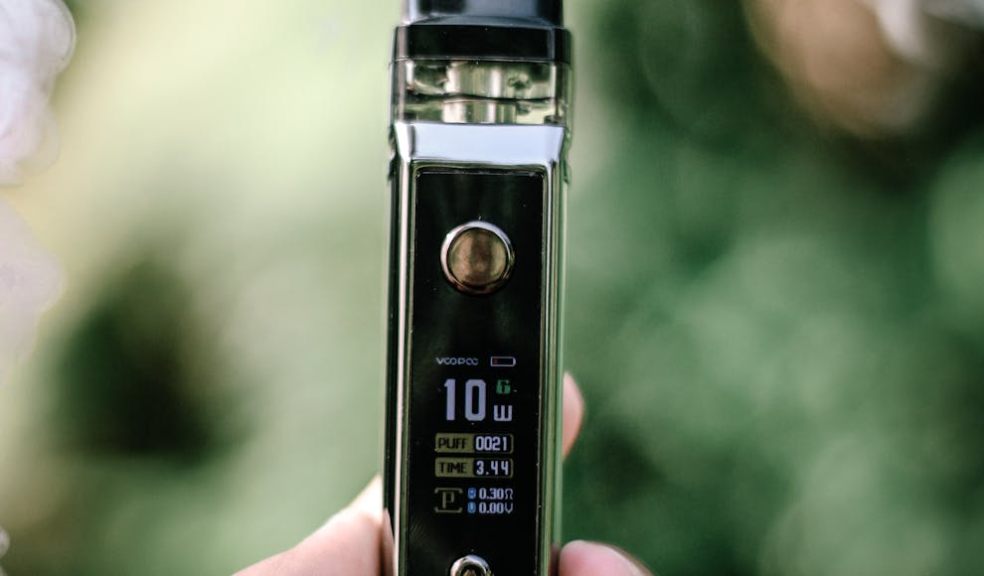
How Has Vaping Become So Popular?
Vaping, once a niche activity, has surged in popularity over the past decade, transforming into a multi-billion-dollar global industry. The rapid rise of vaping can be attributed to a combination of technological innovation, targeted marketing, changing social norms, and the perceived health benefits compared to traditional smoking. The below article delves into the key factors that have made a contribution to the widespread adoption of vaping.
Technological Advancements
The evolution of vaping technology has played a pivotal role in its popularity. Early e-cigarettes were rudimentary and often unreliable, but modern devices are sophisticated, user-friendly, and offer a wide range of customisation options. Innovations such as improved battery life, adjustable power settings, and more efficient nicotine delivery systems have enhanced the user experience, making vaping more appealing. Okvape.co.uk is one such retailer that is leading the way with different advancements.
Pod systems, like Juul, have particularly revolutionised the market. These compact, easy-to-use devices deliver a high nicotine content with minimal effort, catering to both new users and experienced vapers. The sleek design and convenience of pod systems have significantly contributed to their popularity, especially among younger demographics.
Targeted Marketing and Social Media
Marketing strategies have been instrumental in the rise of vaping. Vaping companies have leveraged social media platforms to reach a broad audience, particularly younger consumers. Influencers and social media campaigns have created a trendy, modern image for vaping, often associating it with a lifestyle choice rather than just a smoking alternative.
Advertisements emphasise the variety of flavours, the sleekness of devices, and the technological sophistication of vaping products. The appeal of flavours, such as fruit, dessert, and mint, has also played a crucial role in attracting users, making the experience more enjoyable compared to the taste of traditional tobacco.
Changing Social Norms
Social acceptance of vaping has grown significantly, especially among younger generations. Unlike smoking, which has become increasingly stigmatised, vaping is often seen as a socially acceptable activity. The absence of the unpleasant odour associated with cigarettes and the reduced risk of second-hand smoke have made vaping more palatable in social settings.
The act of vaping itself has become a social activity. Vape shops and lounges offer spaces for enthusiasts to gather, share experiences, and try new products. This sense of community and the social aspect of vaping have further driven its popularity.
Accessibility and Variety
The accessibility of vaping products has also contributed to their widespread use. Vaping devices and e-liquids are available in a variety of price ranges, making them accessible to a broad audience. Additionally, the wide variety of flavours and nicotinestrengths allows users to tailor their experience to their preferences.
Online retailers have made it easy for consumers to purchase vaping products, often with a wider selection than brick-and-mortar stores. This convenience has helped expand the market, reaching consumers who might not have access to physical vape shops.
Rounding Up
There are many reasons vaping is growing in popularity. While vaping offers an alternative to traditional smoking, it also presents new challenges and considerations for public health and regulation. As the industry continues to evolve, understanding these driving forces is essential for stakeholders to navigate the complex landscape of vaping.

















